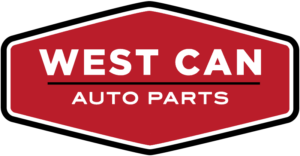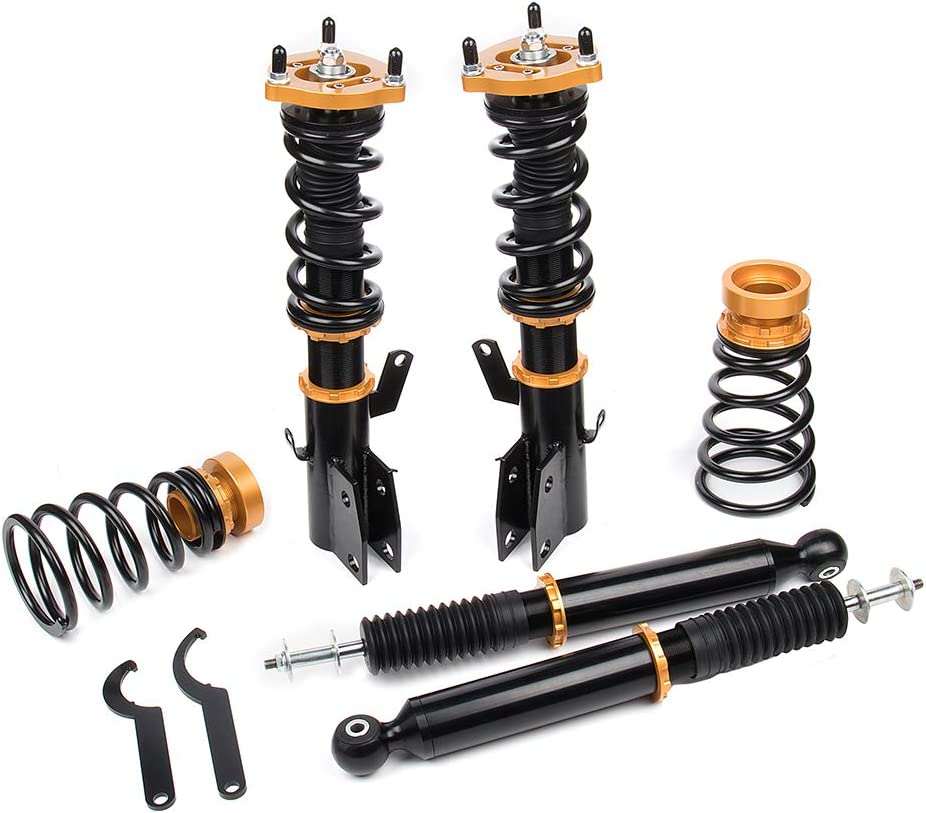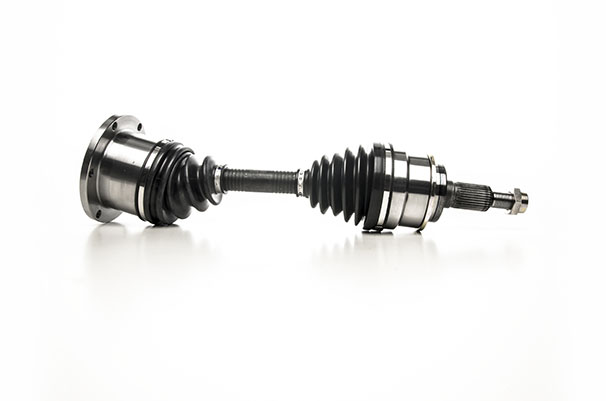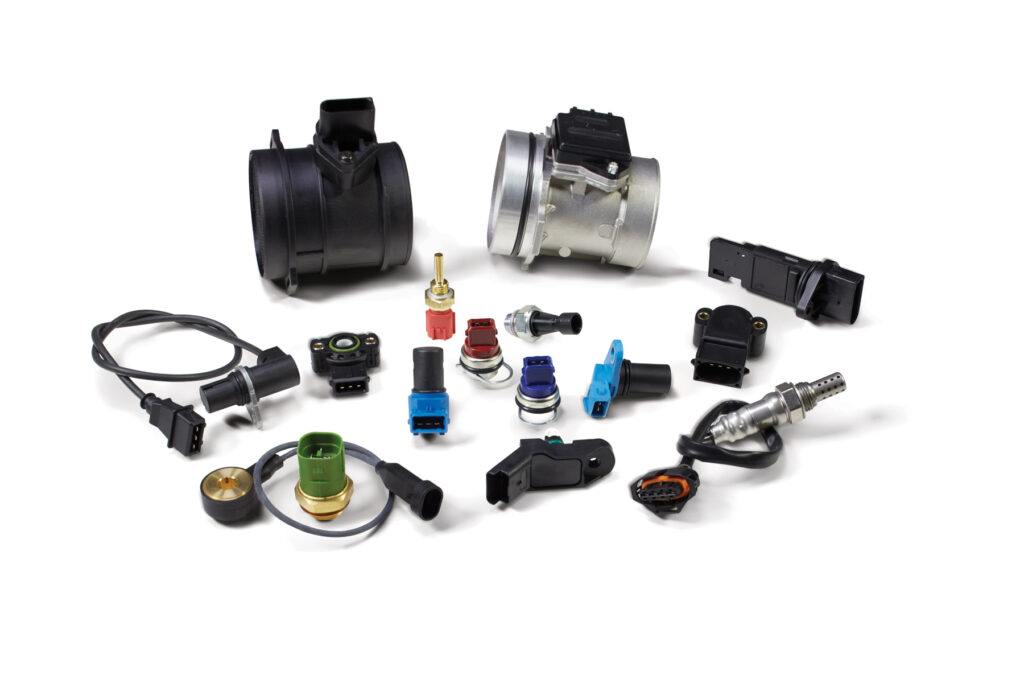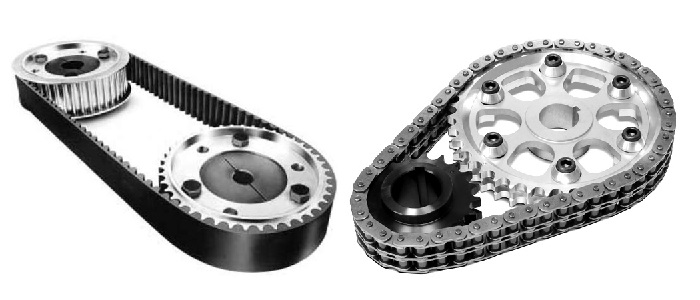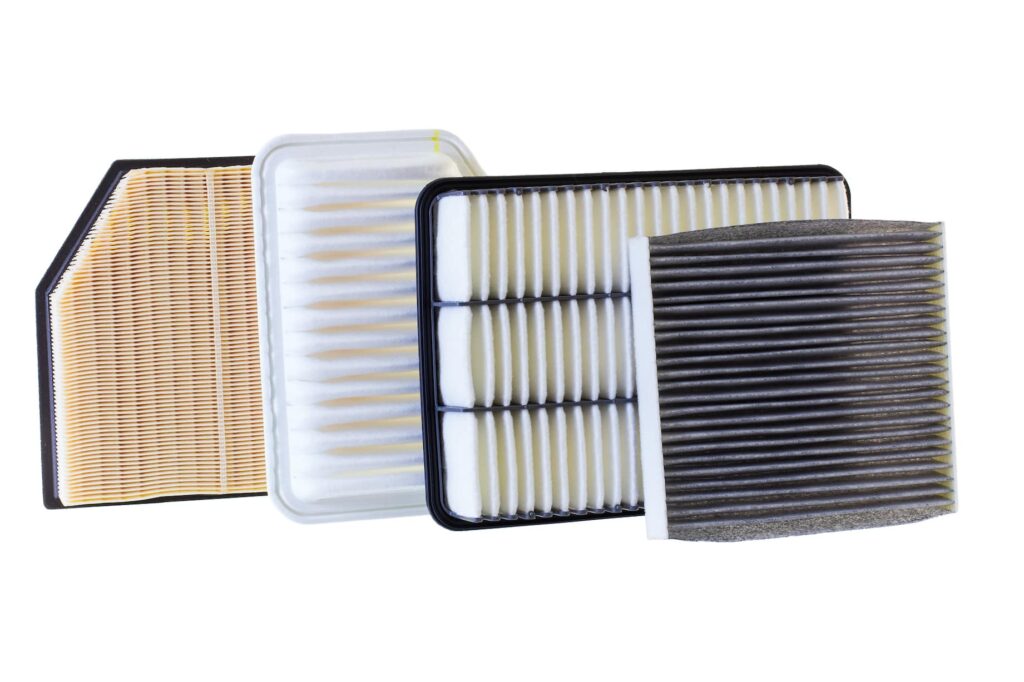
Similar Posts

Clutch Noise and Failure Guide: What Chirping, Grinding, and Slipping Really Mean
Sharing is CaringA clutch doesn’t fail overnight—it unravels like a frayed rope, strand by strand, leaving behind hints that something is amiss. Many Canadian drivers only notice trouble once the vehicle jerks, shudders, growls, or refuses to shift smoothly. But long before that cinematic breakdown moment, the clutch whispers its warnings. This guide brings two…

Summer Road Trip Ready: Essential Auto Parts for Canadian Adventures
Sharing is CaringSummer in Canada is a time for adventure, exploration, and the quintessential road trip. With its vast landscapes, scenic routes, and diverse destinations, Canada offers an unparalleled driving experience. However, ensuring your vehicle is road trip ready is crucial for a safe and enjoyable journey. Here’s a guide to the essential auto parts…

How to Read & Understand OBD-II Codes Like a Pro
Sharing is CaringUnlocking the Secrets Behind Your Check Engine Light Every modern vehicle, including those driven across Canada’s icy roads and diverse terrains, is equipped with an OBD-II system (On-Board Diagnostics). When the check engine light comes on, your vehicle is trying to tell you something—and understanding these messages can save you time, money, and…

Rust Prevention : Car Body Parts Most Affected in Canada & How to Protect Your Vehicle
Sharing is CaringRust is one of the most common—and costly—problems faced by vehicle owners in Canada. With long winters, frequent snowfall, road salt, moisture, and fluctuating temperatures, Canadian driving conditions create the perfect environment for corrosion to develop. While rust may start small, ignoring it can lead to structural damage, safety concerns, and expensive repairs….
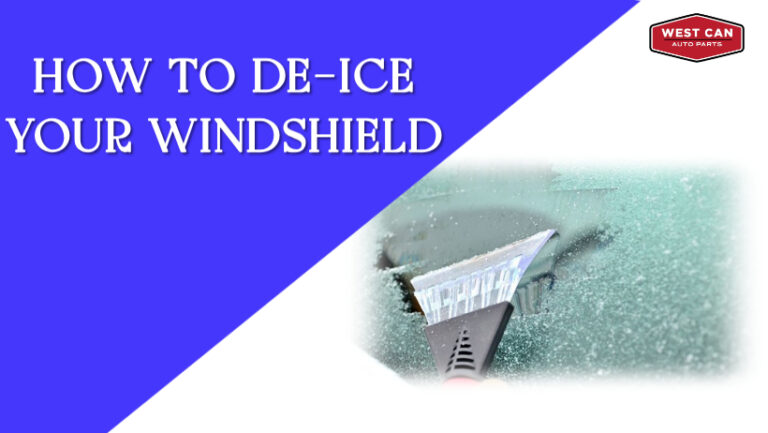
How to De-Ice Your Windshield Like a Pro: Quick Tips for Mornings in the Minus 30s
Sharing is CaringWaking up to a windshield covered in ice and frost is a regular challenge during Canadian winters, especially when temperatures plummet to minus 30°C. De-icing your windshield quickly and effectively can save you time and frustration while ensuring safer driving conditions. Here are some expert tips to help you handle frosty mornings like…

Is Your Engine Overheating? 5 Signs Your Water Pump Is Failing
Sharing is CaringWhy the Water Pump Matters Your vehicle’s water pump plays a crucial role in maintaining proper engine temperature. It circulates coolant from the radiator to the engine block and back again, preventing overheating. In cold Canadian climates or during summer road trips, a well-functioning water pump is essential to keeping your engine running…
